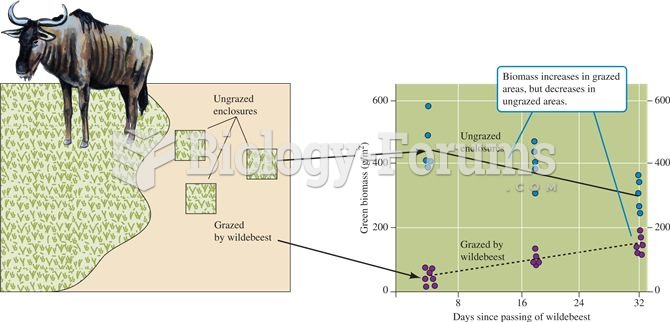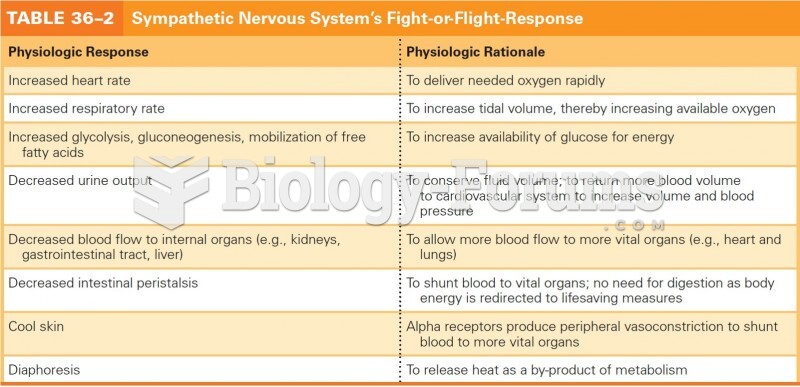Answer to Question 1
3, 4
Rationale 1: Loratadine (Claritin) is not available as a nasal spray.
Rationale 2: Diphenhydramine (Benadryl) is not available as a nasal spray.
Rationale 3: Azelastine (Astelin) is approved for nonallergic rhinitis. Although it is a first-generation agent, azelastine causes less drowsiness than do others in its class because it is applied locally to the nasal mucosa, and limited systemic absorption occurs. Olopatadine (Patanase) is a second-generation antihistamine approved in 2008 for allergic rhinitis.
Rationale 4: Azelastine (Astelin) is approved for nonallergic rhinitis. Although it is a first-generation agent, azelastine causes less drowsiness than do others in its class because it is applied locally to the nasal mucosa, and limited systemic absorption occurs. Olopatadine (Patanase) is a second-generation antihistamine approved in 2008 for allergic rhinitis.
Rationale 5: Neo-synephrine (Afrin) is a decongestant.
Global Rationale: Azelastine (Astelin) is approved for nonallergic rhinitis. Although it is a first-generation agent, azelastine causes less drowsiness than do others in its class because it is applied locally to the nasal mucosa, and limited systemic absorption occurs. Olopatadine (Patanase) is a second-generation antihistamine approved in 2008 for allergic rhinitis.
Answer to Question 2
1
Rationale 1: The most frequently used OTC antitussive is dextromethorphan, which is included in most severe cold and flu preparations. Dextromethorphan is chemically similar to the opioids and also acts on the CNS to raise the cough threshold. Although it does not have the abuse potential of opioids, in large amounts, dextromethorphan can cause slurred speech, dizziness, drowsiness, euphoria, and lack of motor coordination.
Rationale 2: Guaifenesin (Mucinex) is an expectorant.
Rationale 3: Benzonatate (Tessalon) is not available OTC.
Rationale 4: Acetylcysteine (Mucomyst) is a mucolytic.
Global Rationale: The most frequently used OTC antitussive is dextromethorphan, which is included in most severe cold and flu preparations. Dextromethorphan is chemically similar to the opioids and also acts on the CNS to raise the cough threshold. Although it does not have the abuse potential of opioids, in large amounts, dextromethorphan can cause slurred speech, dizziness, drowsiness, euphoria, and lack of motor coordination.







